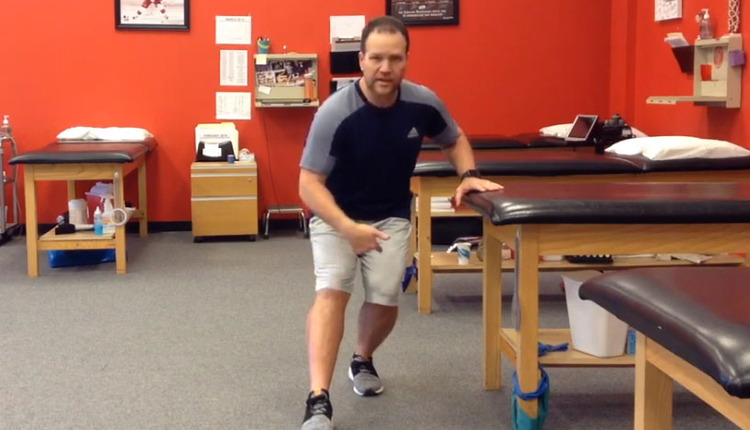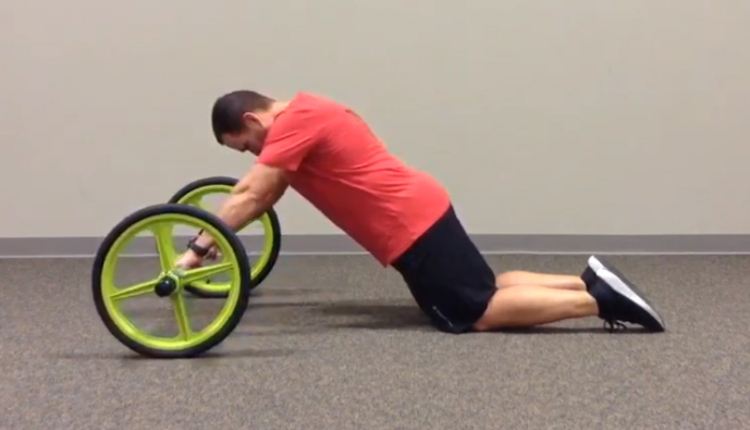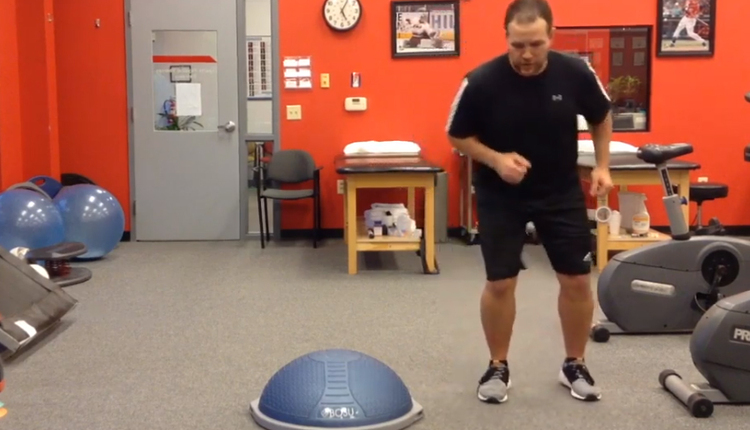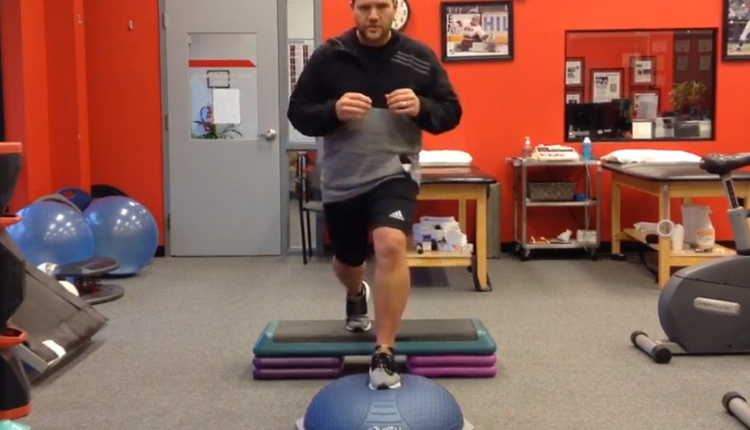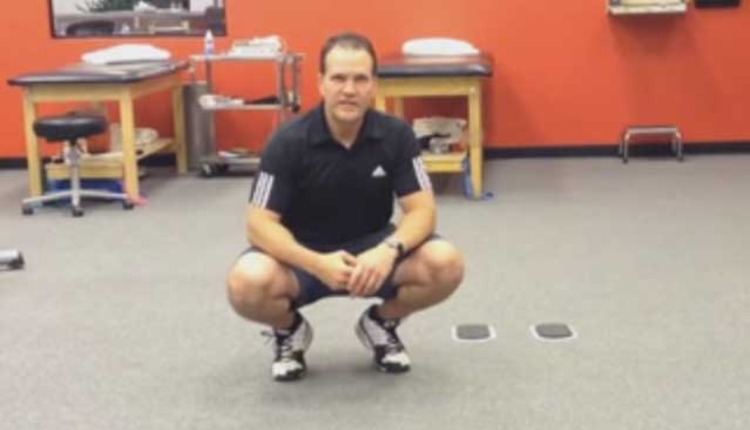Limited thoracic spine rotation can be detrimental for the shoulders, low back and lower extremities with sports and strength and conditioning activity. Consider the impact of asymmetry or stiffness on a golfer, swimmer, thrower, tennis player or even someone doing rotational and pressing working the gym.

Asymmetrical and repetitive activity can lead to deficits as can faulty positions during work and daily life. This simple exercise with the foam roller can be helpful in facilitating optimal mobility and better kinetic chain motion.
Execution: Begin in tall kneeling and slowly shift your hips back as far as comfortably possible toward the heels. Place the left hand in the small of the back. Position the right forearm (palm up) over the foam roller. Next, slowly roll the arm over the foam roller moving into left thoracic spine rotation. Pause at end range for 2-3 seconds and return to the start position.
Repeat this sequence to the other side by switching arm placement. Perform 5-10 repetitions. Do not forcefully push through stiff or restricted movement, and focus on keeping the weight shifted back to the heels in order to mitigate excessive or compensatory lumbar rotation.
Application: This exercise will facilitate improved thoracic spine rotation while promoting optimal overhead shoulder mobility and reducing stress on the lumbar spine and glenohumeral joint. Limited thoracic spine rotation will often be present on one side with unilateral overhead sports (throwing, serving, etc). It can also adversely affect scapular alignment and increase the likelihood of shoulder impingement or unwanted forces on the lumbar spine with rotational training. This exercise can be incorporated into the warm-up prior to doing resistance training, rotational strength and power exercises or vigorous overhead activity.











